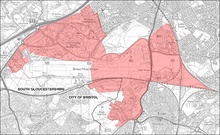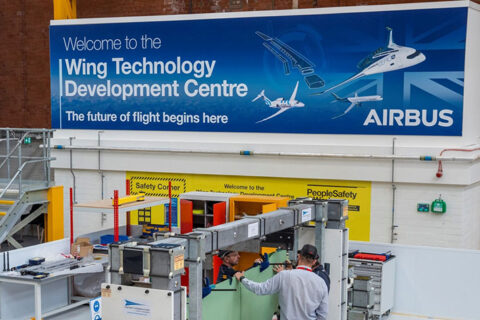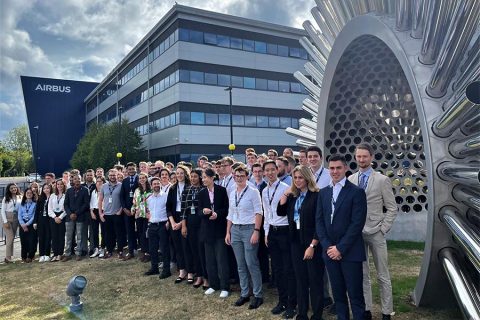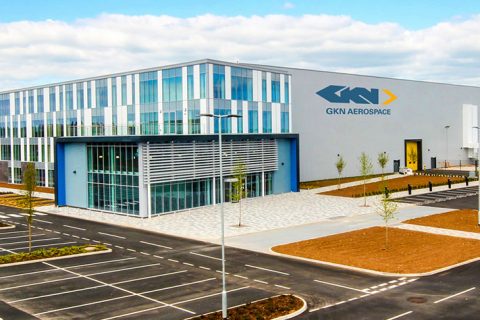South Gloucestershire Council is asking for views on the proposed boundary of the Filton Enterprise Area, one of four such areas in the district that are intended to “act as magnets for inward investment and boost the local economy by creating thousands of new jobs”.
The Council has decided that it would be appropriate to confirm the formal boundaries for each of the four Enterprise Areas and, where appropriate, to consult on this with key stakeholders.
The boundaries of the Enterprise Areas were informally established at the time of their original designation, and the Council feels that those for the Avonmouth/Severnside Enterprise Area and the Emersons Green Enterprise Area are sufficiently self-evident and self-contained as to not require any adjustment or further consultation. However, the Council has chosen to consult the public and stakeholders on the boundary of the Filton Enterprise Area before formal confirmation.
Specifically, the Council is seeking views on whether the Filton Enterprise Area should include the Cribbs Causeway area, as well as the proposed employment land on the Filton Airfield site, and to the north and east of this, as originally proposed.
The new Filton Triangle Rail Depot, being constructed as part of the project to electrify the Great Western mainline between London and Swansea, also falls within the extended boundary of the Enterprise Area.
According to the Council, this option would enable any rates growth within the Cribbs Causeway area over the next 30 years to be added into the proposed City Deal investment pot rather than being left outside this arrangement. There may also be a benefit in having a broader range of commercial activity included within the enterprise area.
The alternative option would be to have a smaller boundary for the Enterprise Area, excluding Cribbs Causeway, as presented in a report discussed at a meeting of the Council’s Policy and Resources Committee in June.
The pros and cons of each option will be assessed by the Council at the end of the consultation process, taking account the views expressed by stakeholders.
The public consultation runs until Friday 12th October 2012.




